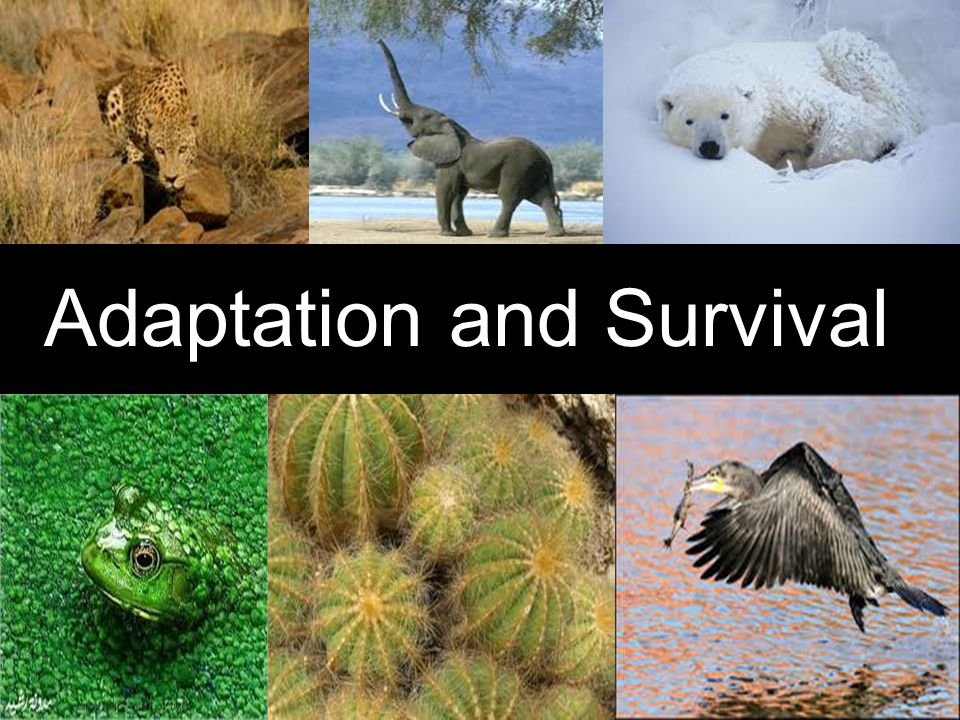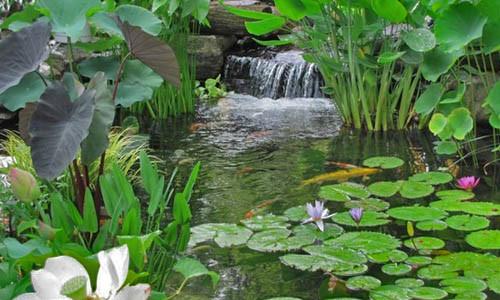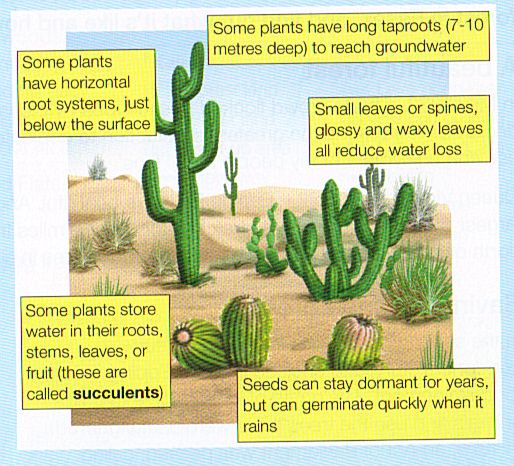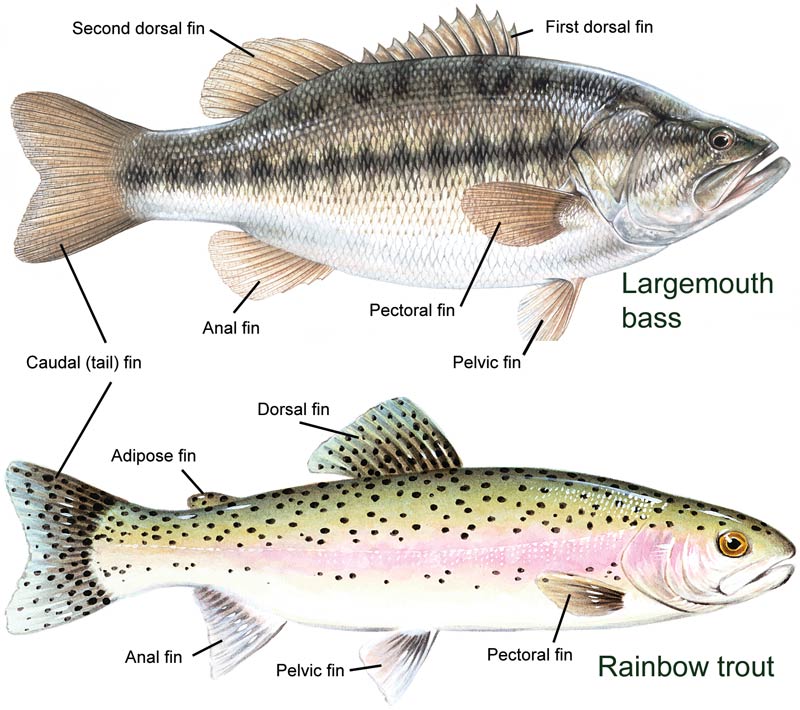Back to: BASIC SCIENCE JSS2
Welcome to Class !!
We are eager to have you join us !!
In today’s Basic Science class, We will be discussing the Adaptation of Living Things to their Habitat. We hope you enjoy the class!

ADAPTATION OF LIVING THINGS TO THEIR HABITAT
You have been introduced to the various types of habitat in the last lesson. Considering the examples given of living organisms that survive in each of those habitats, why do you think they can all successfully thrive in just their habitats alone? What do they have that the other organisms do not have, which makes it difficult or impossible for other living organisms to thrive there?
All living organisms have distinguishing or peculiar features that enable them to thrive in their own habitats. In this topic, we will look at these features and examine how they are used.
Any special feature that helps an organism to live and survive in a particular habitat is called an adaptation.
Let us now examine the features of major living organisms and how these features are adapted to their habitats below;
ADAPTATION OF DESERT PLANTS
A major characteristic of deserts is the scarcity of water in the environment and as such plants that live here have features that help them deal with the problem of water scarcity. These features are:
- Desert plants have a widespread root system with long taproot that enables them to reach deep down into the soil and draw water for usage.
- They also have developed water-storage tissues in their leaves and stems. These storage tissues are used to store as much water as possible so that these plants can have access to water in times of extreme drought.
- Desert plants also have tiny or small leaves or have their leaves reduced to green needle-like structures or tiny scales. The smaller the leaf, the smaller the surface area and this eventually results in the reduction of the rate of transpiration (loss of water or moisture) through the leaves.
ADAPTATION OF PLANTS THAT LIVE ON WATER
Plants that live on water have access to a lot of water unlike those that live in the desert. Sometimes, this water is too much for them but they already have special features to help them with the problems that may arise from this abundance of water.

These features include:
- Presence of a poorly developed root system; since water is always available to them.
- Their leaves and stems are covered with a thin layer of cuticle that is permeable so as to allow easy passage for essential gases that are needed for the survival of the plant.
- Their leaves have large air spaces which give the plant buoyancy in water.
ADAPTATION OF AQUATIC ANIMALS
- Most aquatic animals, especially fishes, possess tails and fins for swimming and balancing in water.
- Aquatic animals have a streamlined body shape which helps them to swim fast in the water. There is usually water resistance and friction between the aquatic organism and the water, hence, their streamlined body shape helps to manage that situation. This explains why water divers have a special streamlined bodysuit because of the water-resistance and pressure increase with depth.
- Possession of gills for breathing successfully in water and possession of swim bladder which helps them to balance well in water without swimming irrespective of their depth in the water.
ADAPTATION OF AMPHIBIANS
Amphibians are animals that can live both in water and on land. Examples of such animals include frogs and salamanders.
They possess features that adapt them to both life in water and life on land.
Some of these features include:
- Possession of a streamlined body shape to aid swimming in water.
- Their skin is suited to prevent loss of water to the environment.
- Possession of webs between their toes for swimming in water.
- Their eyelids are also adapted to vision outside water.
- Possession of lungs to enable them breathe on land.
ADAPTATION OF TERRESTRIAL ANIMALS
- Possession of lungs required for breathing on land.
- Possession of scales on their body, e.g. Reptiles, to reduce the loss of water through the skin.
- Possession of limbs that enables movement on land.
Individual living organisms still possess features peculiar to them that enable them to live successfully in their niche.
We have come to the end of this class. We do hope you enjoyed the class?
Should you have any further question, feel free to ask in the comment section below and trust us to respond as soon as possible.
In our next class, we will be talking about the Relationship between Organisms in the same Habitat. We are very much eager to meet you there.



